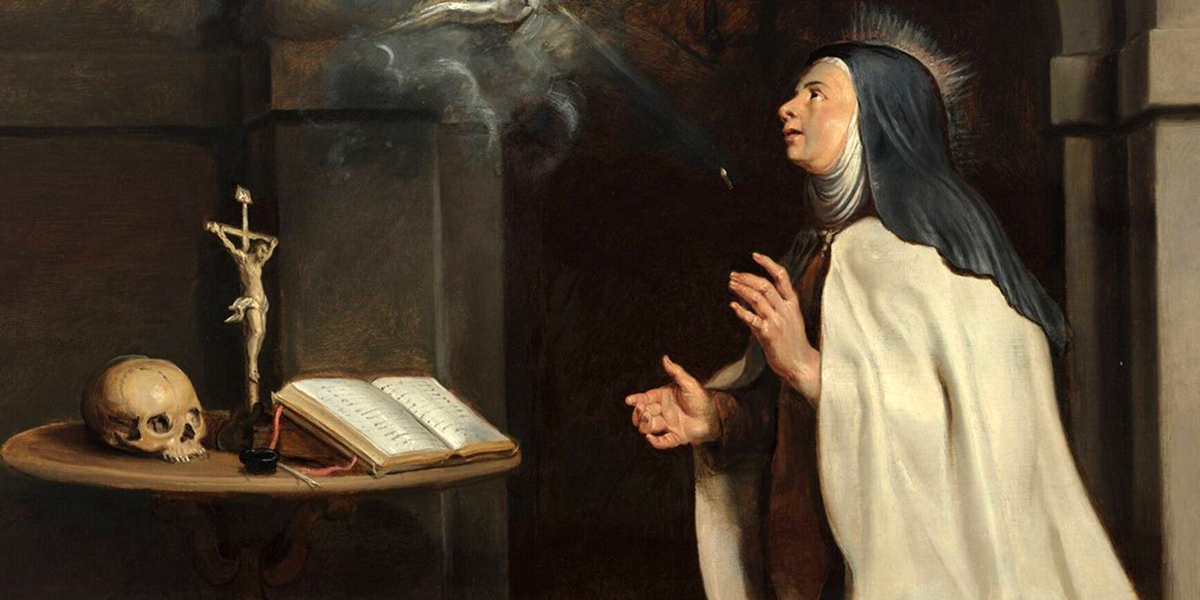Christian Mysticism and How It Differs From Religion
It is said that all great religions were inspired by a “mystic” who had reached enlightenment. This is true of Jesus and Christian Mysticism, Gautama the Buddha and Buddhism, Lao Tzu and Taoism, Shiva and Hinduism and so many others. But the mystic’s profound influence declines dramatically as the teaching becomes “organized” into a religion, and control and rigidity creep into the group’s hierarchy.
By contrast, mystics and “seekers” strive to unite with God on a personal level. The desire to commune directly with the Creator without requirement for a minister, imam, priest or rabbi is an essential quality defining mystics and mysticism.
Examples of mystical traditions include: Sufism (common in Muslim cultures), the Yogic tradition (Indian and Hindu cultures), Christian mysticism (Christianity), Taoism (China), Kabbalah and Hasidism (Judaism), Zen Buddhism (Buddhism).
It is interesting to note that, throughout history, various mystical traditions have exhibited many common characteristics. This is because, as one practices a mystical tradition and reaches personal contact with the Divine, there are common truths that are discovered. To many people, this independent evolution of common truths in diverse mystical traditions through different parts of the world, suggests a deep source of wisdom, fueled by our Divine Creator.
Here is a sampling of themes and truths that are common to the world’s many mystical traditions:
• As emphasized above, mysticism emphasizes direct and personal contact with the Divine.
• All that exists in the physical world is really one entity. This has been universally confirmed by the world’s physicists. The illusion that we are separate from others, from plants and animals, from inanimate objects, is only that, an illusion.
• To extend this further, all that exists is a portion of God/of our Creator. This has been tenderly expressed by Hafiz, a renowned Sufi poet of 14th century Persia:
“Because there is nothing besides God’s body, I try to show reverence for all things.”



